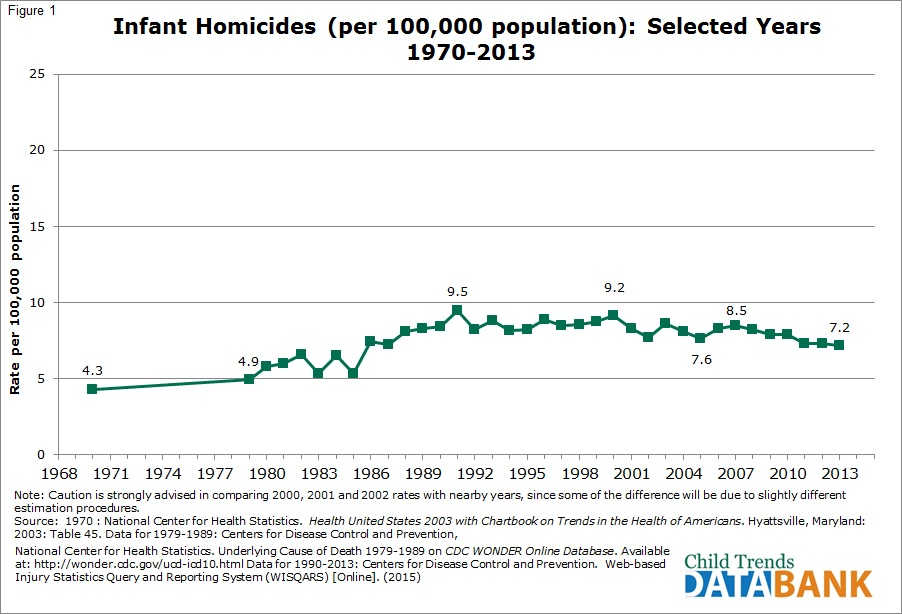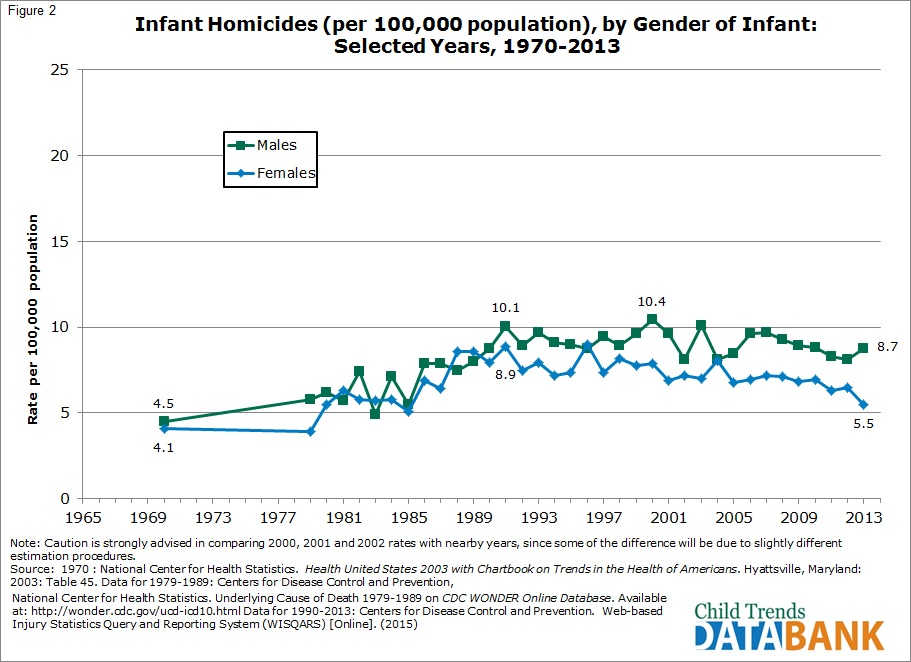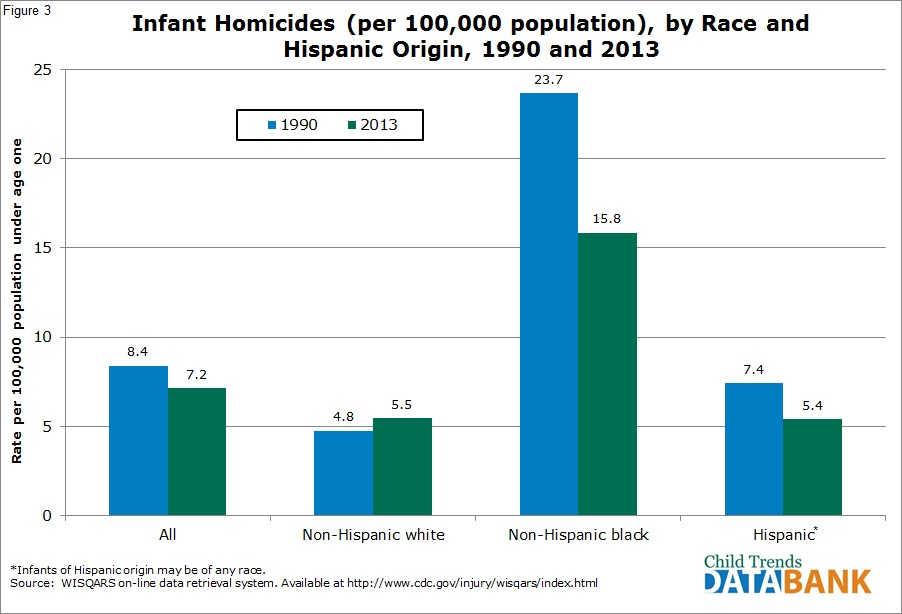Infanticide

We believe all human life is sacred and of inestimable worth in all its dimensions, including pre-born babies, the aged, those with disabilities, and every other stage or condition from fertilization to natural death.

History
Infanticide has a long history, and several cultures have routinely practiced it for several reasons including birth control, destroying handicapped individuals seen as unfit, and to kill female children because of the cultural preference for males. While infanticide is currently considered a much bigger taboo than abortion in America, it still takes place today in the U.S. and in other countries around the world.
According to The Society for the Prevention of Infanticide In 1978, Laila Williamson, an anthropologist of the American Museum of Natural History, summarized the data she had collected on the prevalence of infanticide among tribal and civilized societies from a variety of sources in the scientific and historical literature. Her conclusion was startlingly blunt:
Infanticide has been practiced on every continent and by people on every level of cultural complexity, from hunters and gatherers to high civilization, including our own ancestors. Rather than being an exception, then, it has been the rule.
Most societies agree that the drive to protect and nurture one’s infant is a basic human trait. Yet infanticide—the killing of an infant at the hands of a parent—has been an accepted practice for disposing of unwanted or deformed children since prehistoric times. Despite human repugnance for the act, most societies, both ancient and contemporary, have practiced infanticide. Based upon both historical and contemporary data as many as 10 to 15 percent of all babies were killed by their parents.
Born-Alive Protection
Not long ago, the issue of infanticide was unknown to many in the United States, but recently several states across the country have been legalizing infanticide. These states enacted legislation that included removing all protections of babies born alive after failed abortions. How is this possible?
The majority of Americans are in favor of Born-Alive protections and think late-term abortions are wrong.
The Born-Alive Infants Protection Act of 2002 (“BAIPA”, enacted August 5, 2002) amended the definitions section of Title 1, Chapter 1 of United States Code, Section 8. As an Act of Congress, it extends legal protection to an infant born alive after a failed attempt at induced abortion. It passed unanimously in the Senate. It was signed by President George W. Bush.
July 2019 – U.S. Department of Health and Human Services agency re-issued a memo to all hospitals detailing requirements under the law (specifically EMTALA and the BAIPA) for emergency medical assessments and stabilization efforts to any person, including infants born alive after failed abortions. Reporting violations of EMTALA is the responsibility of individuals, including hospital staff or a layperson.
Susan B Anthony’s list organization has a livestream video link of the hearing on the Born alive Survivors Protection Act.
Trends

Between 1970 and 1991, the infant homicide rate more than doubled, from 4.3 to 9.5 infant deaths per 100,000 children under age one. The rate was fairly stable between 1991 and 2000, but the trend has been generally downward since then, and was at 7.2 deaths per 100,000 in 2013.

In most years, males have been more likely than females to be killed during the first year of life. In 2013, for example, the infant homicide rate for boys was 8.7 per 100,000 children under age one and 5.5 for girls. This gap has generally widened since 1970.

Black infants are substantially more at risk for homicide than are other infants. In 2013, the homicide rate for black infants was 15.8 per 100,000, while Hispanic and white infants had rates of 5.5 and 5.4 per 100,000, respectively. However, the rate for black infants has decreased greatly since 1990, when it was at 23.7 per 100,000.


